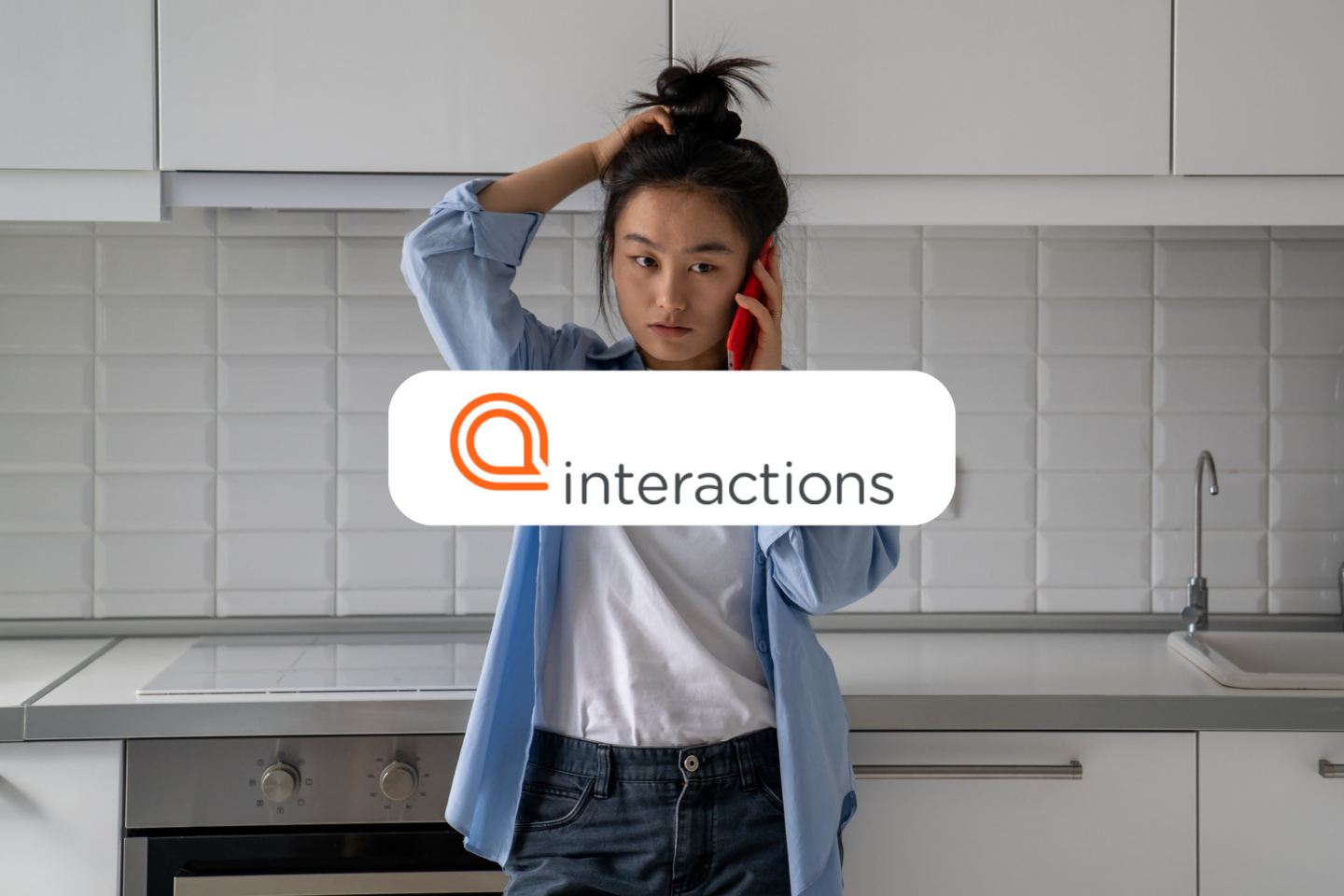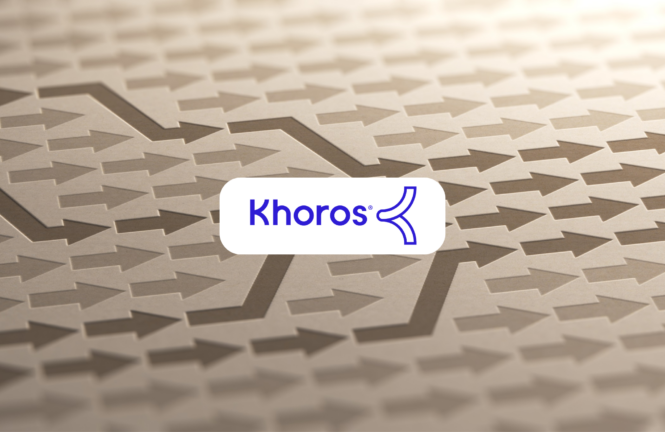From more common pain points such as long resolution times to not-so-obvious ones, organizations often find it difficult to determine the main reasons for consumer frustrations. To raise more awareness on this issue, Interactions has unveiled the second part of the "Would You Rather" Index, which focuses on surveying business leaders in the United States.
The findings indicated that business leaders often have a more negative perception of customer support compared to their own customers. However, both customers and leaders share the belief that the route to enhancement lies in personalized experiences that combine both digital and human interaction. Many studies support this, emphasizing that lack of personalization and even a single negative experience can lead to the loss of valuable customers.

“Delivering a top-notch customer experience is probably the closest way to guarantee your business is successful. Businesses need to commit to delivering the kind of experience that a modern consumer expects. It needs to be fast and it needs to be personalized. Most importantly, it must solve issues,” said Peter Mullen, Chief Marketing Officer of Interactions.
Business leaders are well aware of the significance of customer service, with 96% acknowledging that outstanding experiences enhance brand loyalty. However, they also recognize that customer experience (CX) remains problematic for consumers. In fact, 43% of these leaders believe that their customers would prefer enduring a dental cavity filling rather than dealing with customer support.
Comparing these findings to the responses from consumers who were asked the same questions in spring 2023, 38% of consumers preferred to endure a cavity filling rather than contact customer service.
Extended hall times - the main source of consumer frustrations
As the 2023 holiday season is approaching and retailers are slowly gearing up, the survey sheds light on the primary concerns during this period.
A substantial 94% of business leaders acknowledge that customers have higher expectations for customer service than what they presently receive. Additionally, 58% of them identify extended hold times as the primary cause of customer frustration.
The survey revealed that one of the main sources of customer annoyance is the numerous call transfers, as highlighted by 53% of respondents.
Furthermore, 46% highlight that customer dissatisfaction arises from repeatedly providing information to automated systems that fail to comprehend their needs.
Mere automation is not the solution
Both businesses and consumers are in agreement: merely applying automation to the problem is not the solution, especially when that automation falls short of effectively resolving customer issues. Customers in Interactions' initial survey stressed their frustration with ineffective CX technology. Instead, adopting a "human-in-the-loop" approach is a more sustainable strategy for businesses.
When humans and automation collaborate, it leads to reduced wait times and eliminates the use of robotic responses, ultimately resulting in satisfied customers after each interaction. Interactions model, which follows this approach, is well-positioned to bridge the gap between businesses and consumers, thereby enhancing CX offerings across the spectrum.









